Best NASA Astronomy Pictures of the Week: Messier 101, Dumbbell Nebula, and more
NASA Astronomy Picture of the Day, featuring snapshots of celestial objects by astrophotographers from around the world, is published on a daily basis. This week’s best pictures include stunning snapshots of Dumbbell Nebula, Messier 101, and more.
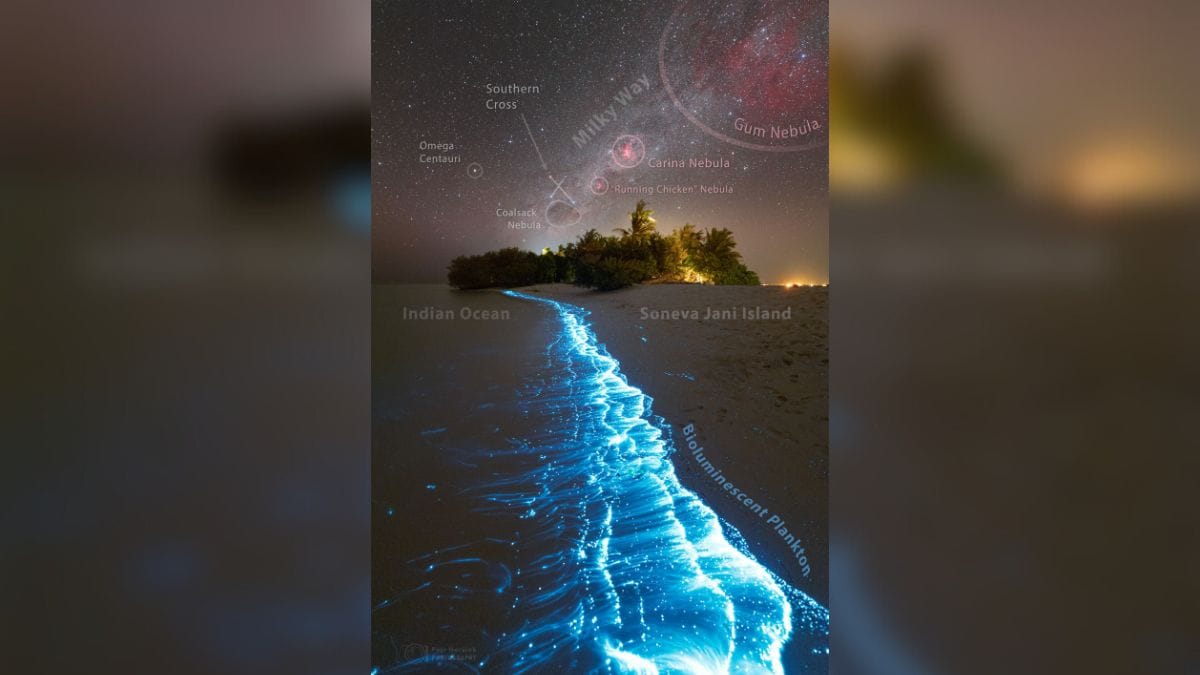
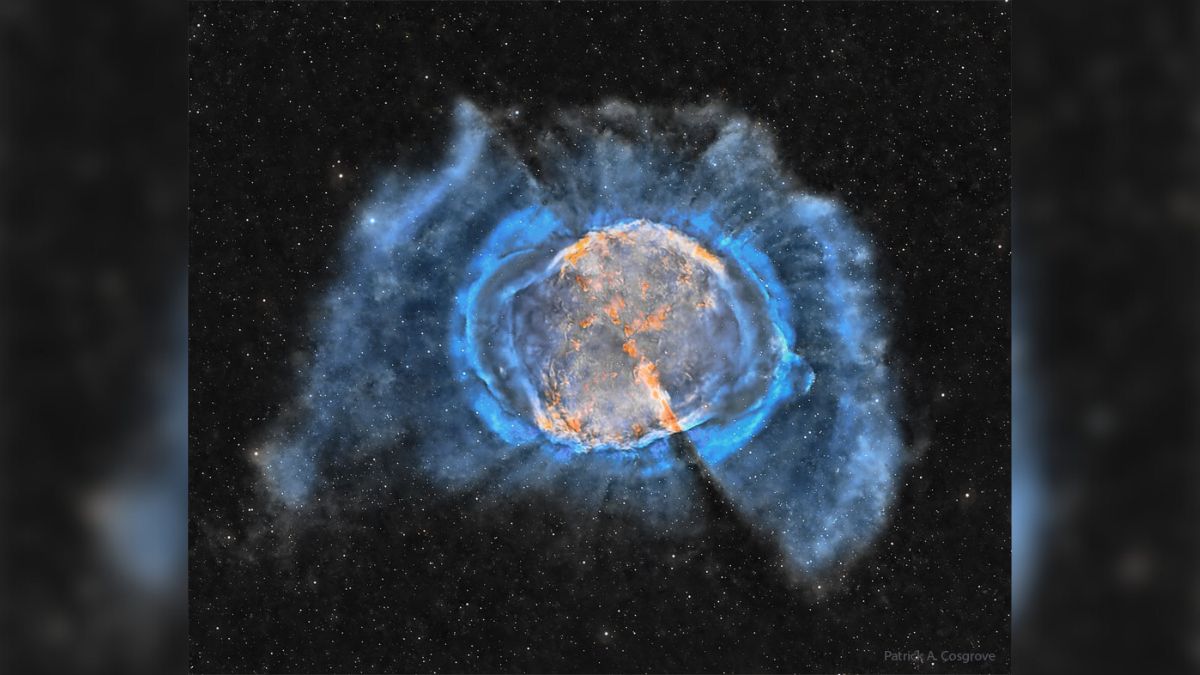
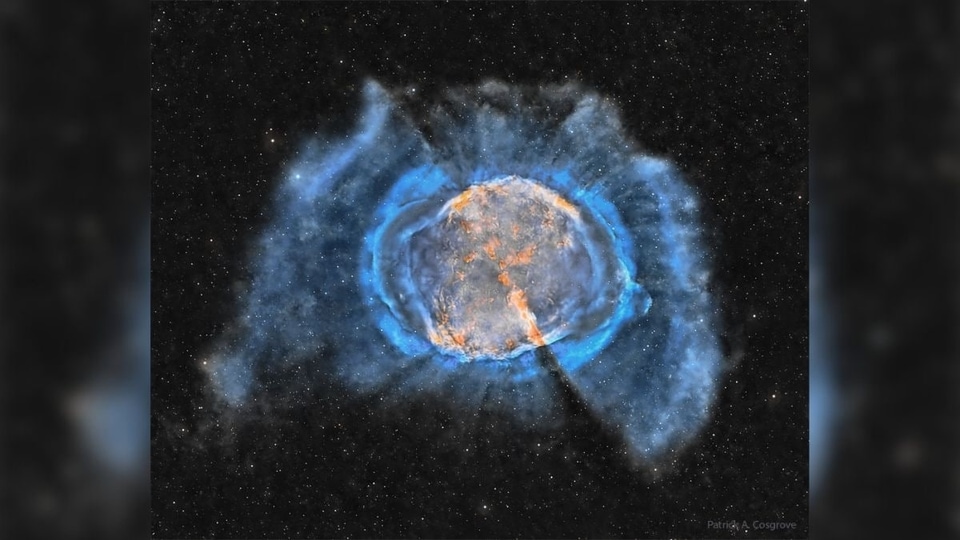


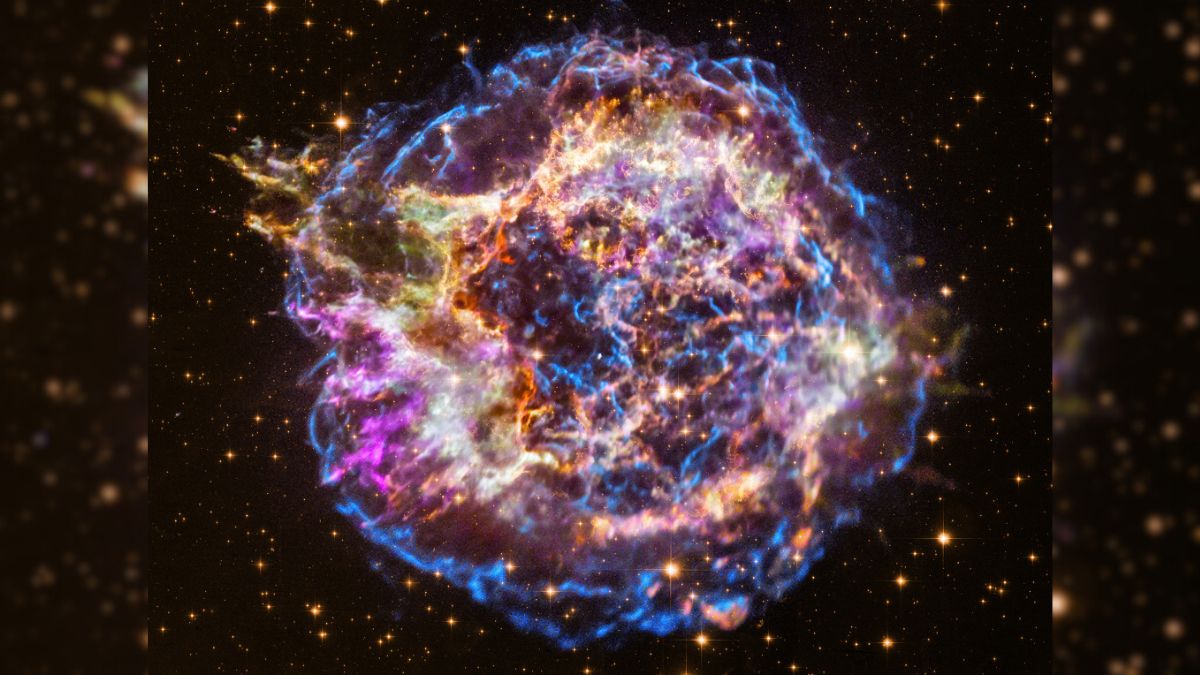
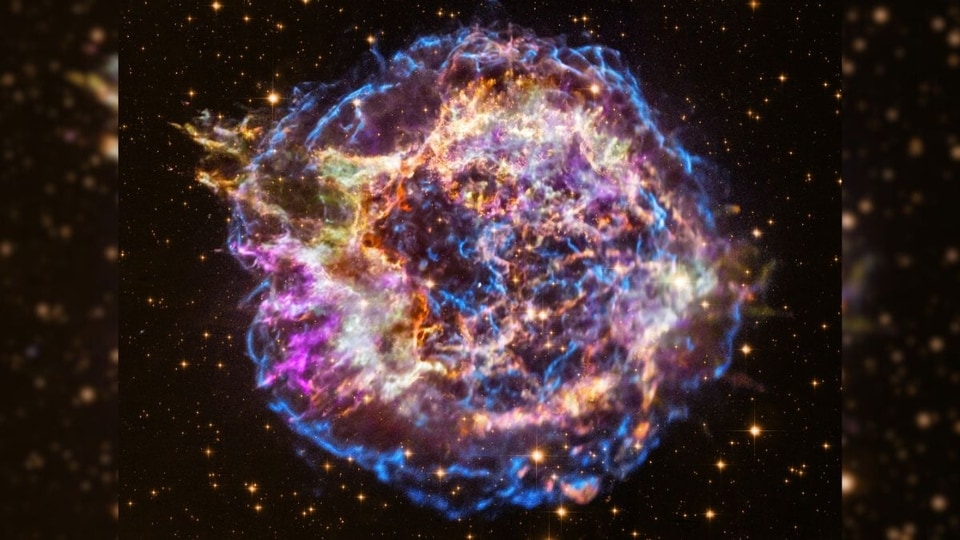
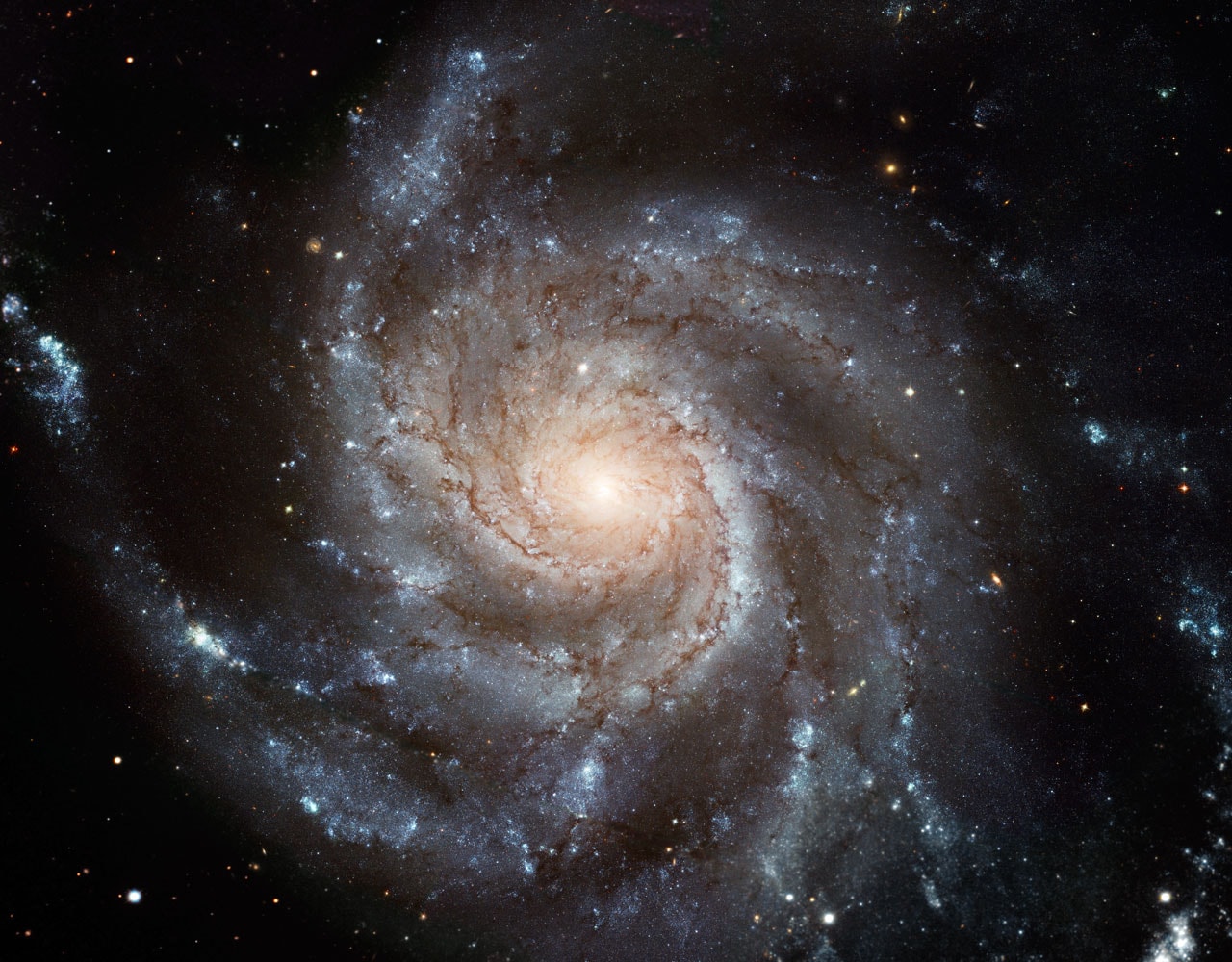

First Published Date: 02 Jun, 16:55 IST
NEXT ARTICLE BEGINS





























